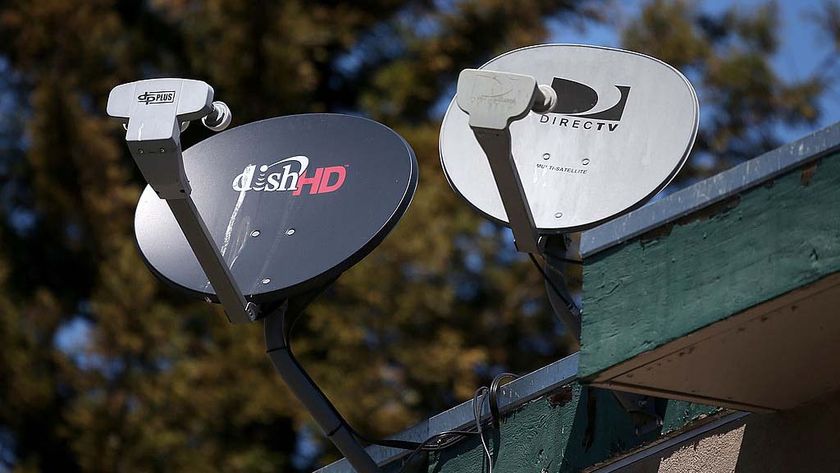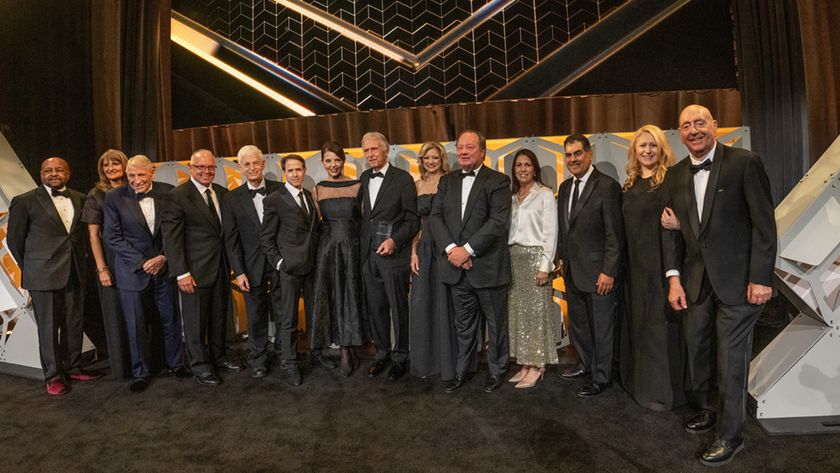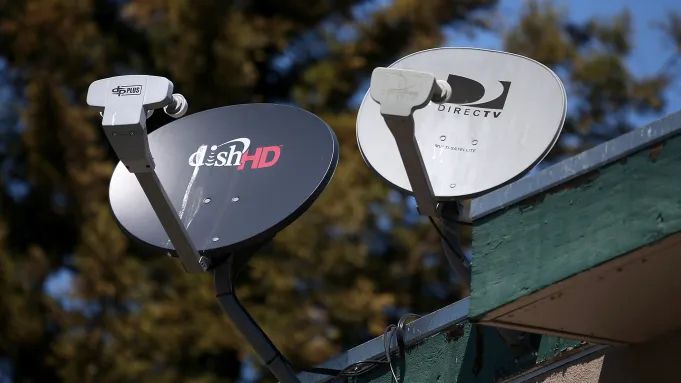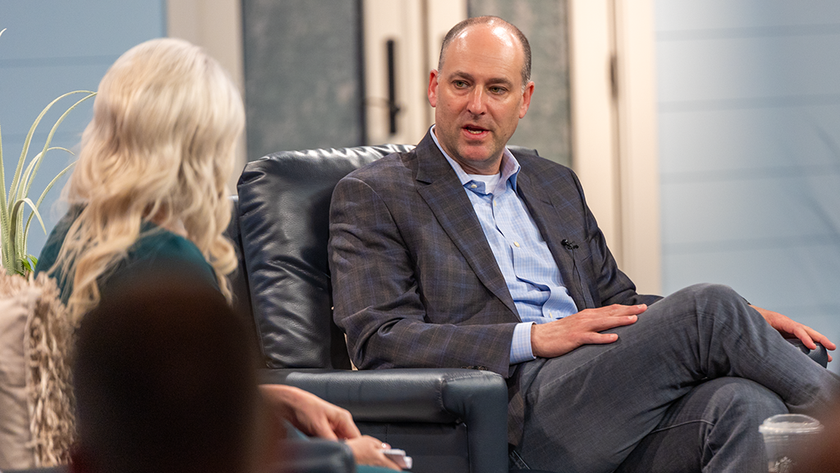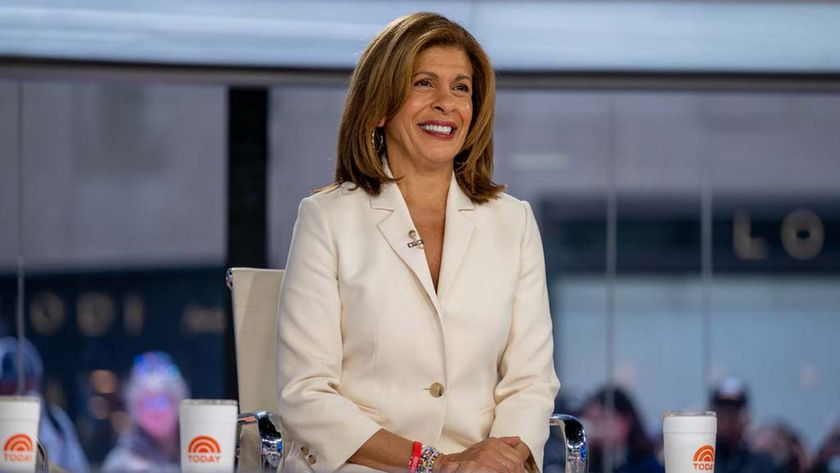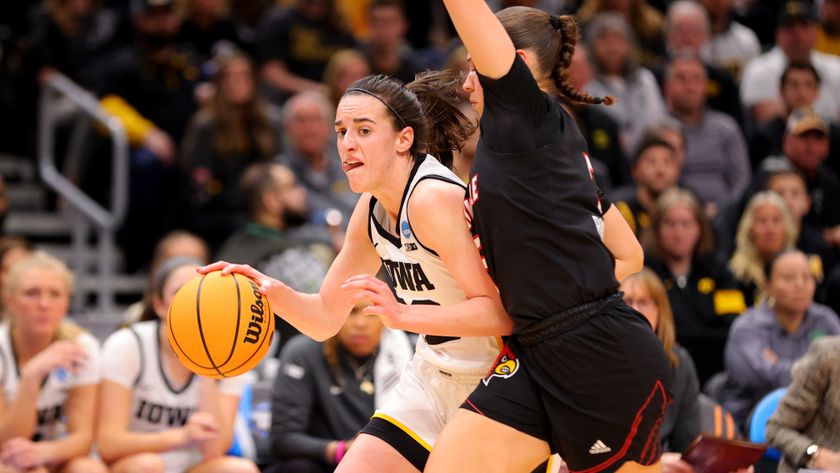Syndicators Make Good Ol’ Pitch on Eve of Upfront

Consistency is the name of the game when it comes to this year’s syndication upfronts.
“As we speak to our advertisers this year, we are reinforcing some of the stories that make us who we are, such as the fact that we have steady, reliable ratings; short commercial pods; ‘A’ positions; and a unique ability to do branded integrations in shows such as Wendy Williams and Dish Nation,” says Michael Teicher, executive VP, media sales, Twentieth Television.
“The other area we’re spending a lot of time talking about…is our unique ability across all of television to reach the millennial multicultural audience. That’s really important to us because we know how elusive they are.”
Twentieth distributes all of syndication’s animated sitcoms—such as Family Guy, The Cleveland Show, King of the Hill and Bob’s Burgers on weekends—and these shows skew well among men aged 18-34, a group that’s notoriously hard to reach.
“Men 18-34 stream a lot of video. We’ve been able to determine that those men who are most likely to be watching streamed video are also over-indexing on watching our programs. For advertisers who are interested in catching young men with live advertising, they’re watching our programs in regular dayparts,” says Teicher.
Overall, off-net sitcoms tend to be good shows in which to place national spots, because they tend to rate well and consistently, and viewers watch them live.
“One of the reasons I believe we will have strong demand [this year] is due to the dearth of comedies out there,” says John O’Hara, executive VP of sales, Warner Bros. Domestic Television Distribution. It’s been hard to launch comedies in broadcast primetime over the past few years, with the last breakthrough hit being ABC’s Modern Family, which premiered in fall 2009.
Broadcasting & Cable Newsletter
The smarter way to stay on top of broadcasting and cable industry. Sign up below
Warner Bros. distributes TV’s highest rated comedy, The Big Bang Theory, which remains the top-rated off-net sitcom in its fifth season in syndication, as well as Mike & Molly, The Middle and rookie 2 Broke Girls. These shows tend to appeal to broad audiences, including TV stations’ core demographic of adults 25-54.
“Ad clutter is one of the biggest issues marketers face,” says O’Hara. Advertising in off-net sitcoms is a “very clutter-free way to have your ad stand out. If you are in position 1A or 1B [the first or second national spot in an episode], that makes an advertiser stand out.”
The Big Shortcomings
None of these points are new to syndication, but they are becoming more important in a world in which syndicated television is having to compete against primetime broadcast, cable and now digital for advertisers’ dollars. Syndicators are making their case to advertisers and media buyers as to why they should stick with them instead of going digital.
“We are spending time talking about the shortcomings of digital, the combination of bots, blockers, measurement challenges and viewability,” says Teicher.
Another area in which syndication shines is in branded integrations. Syndication’s day-and date programs, and particularly talk shows, present unique opportunities to advertisers, who can appear side by side with a host who viewers choose to invite into their homes several days a week.
“Branded integrations have evolved over the years and it’s a growing business for us,” says O’Hara. “One of the reasons it’s growing is because you can run these integrations cross-platform, and that’s exciting for both parties.”
This fall’s only new first-run, nationally cleared talker—NBCUniversal’s Harry, starring Harry Connick Jr.—is appealing to advertisers wanting to offer brand integrations, says Bo Argentino, senior VP of ad sales, NBCUniversal Domestic Television Distribution.
“We’re having a lot of engaging discussions with advertisers who don’t really buy daytime as a rule, but we’re finding that more advertisers will look at something if it’s the right property,” Argentino says. “We already have several industry clients who are interested in partnering with the show, which I’ve never seen at this early stage.”
Warner Bros.’ Ellen DeGeneres runs a lot of brand integrations, including this season’s premiere in New York City, sponsored by Visa, and an integration with GM’s Chevy Malibu. In that integration, Ellen sent contest winners across the country in a segment called “Trunk of Dreams,” surprising people along the way, with giveaways of Chevy Malibus, free tickets, free trips and college tuition, all of which was usually received with high-pitched screams of joy.
Debmar-Mercury’s Wendy Williams, for which Twentieth sells the advertising, also has become a safe harbor for advertisers wanting to integrate brands, including one this past Halloween for The Peanuts Movie, produced by Twentieth Century Fox Animation.
“Syndication is a place where if you have a willing talent—and we definitely do with Harry—you can really make a difference with branded integrations,” says episode. “You can entice an advertiser to not only be more integrated but to also get involved in a bigger way on a media basis. We offer something in which they may not be able to participate in the same way anywhere else.”
Contributing editor Paige Albiniak has been covering the business of television for more than 25 years. She is a longtime contributor to Next TV, Broadcasting + Cable and Multichannel News. She concurrently serves as editorial director for The Global Entertainment Marketing Academy of Arts & Sciences (G.E.M.A.). She has written for such publications as TVNewsCheck, The New York Post, Variety, CBS Watch and more. Albiniak was B+C’s Los Angeles bureau chief from September 2002 to 2004, and an associate editor covering Congress and lobbying for the magazine in Washington, D.C., from January 1997 - September 2002.

